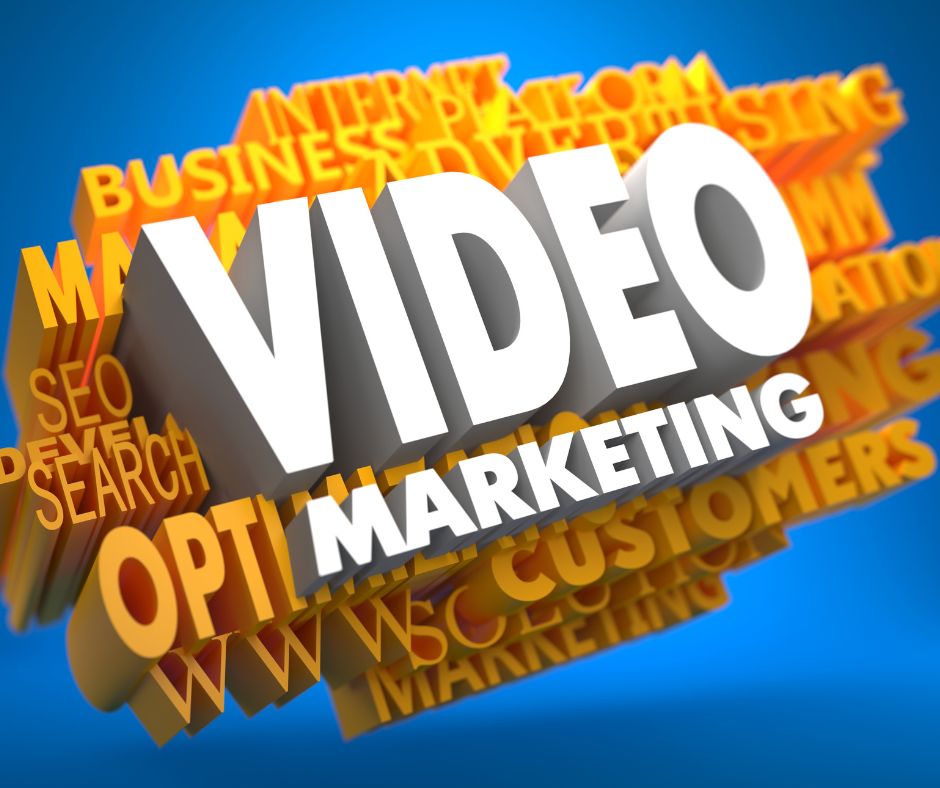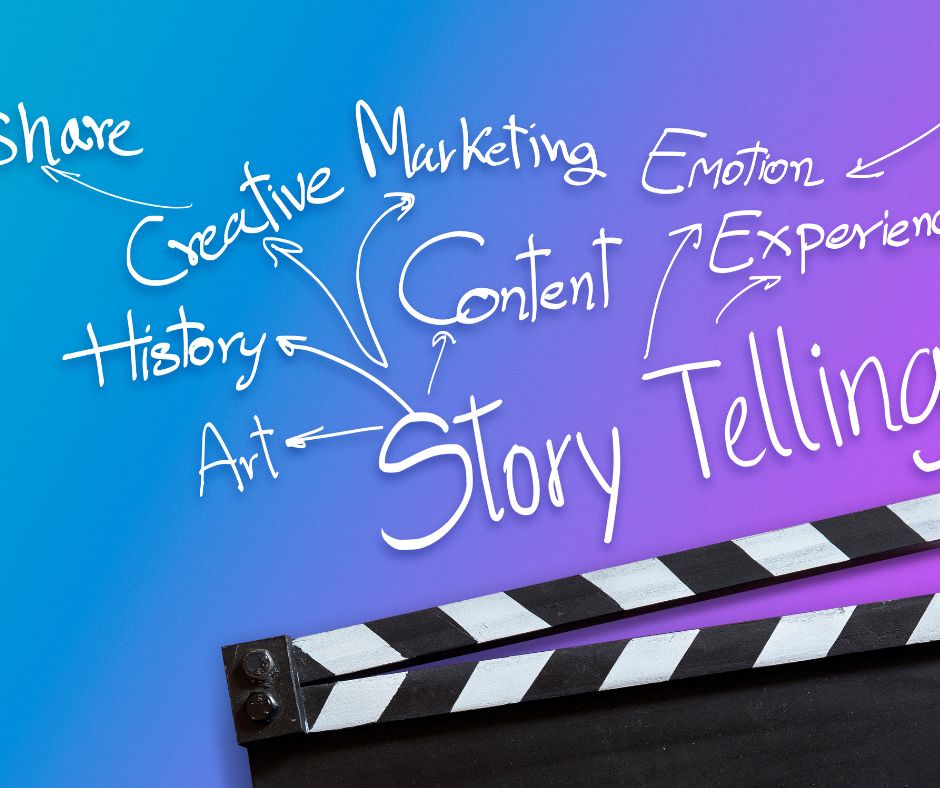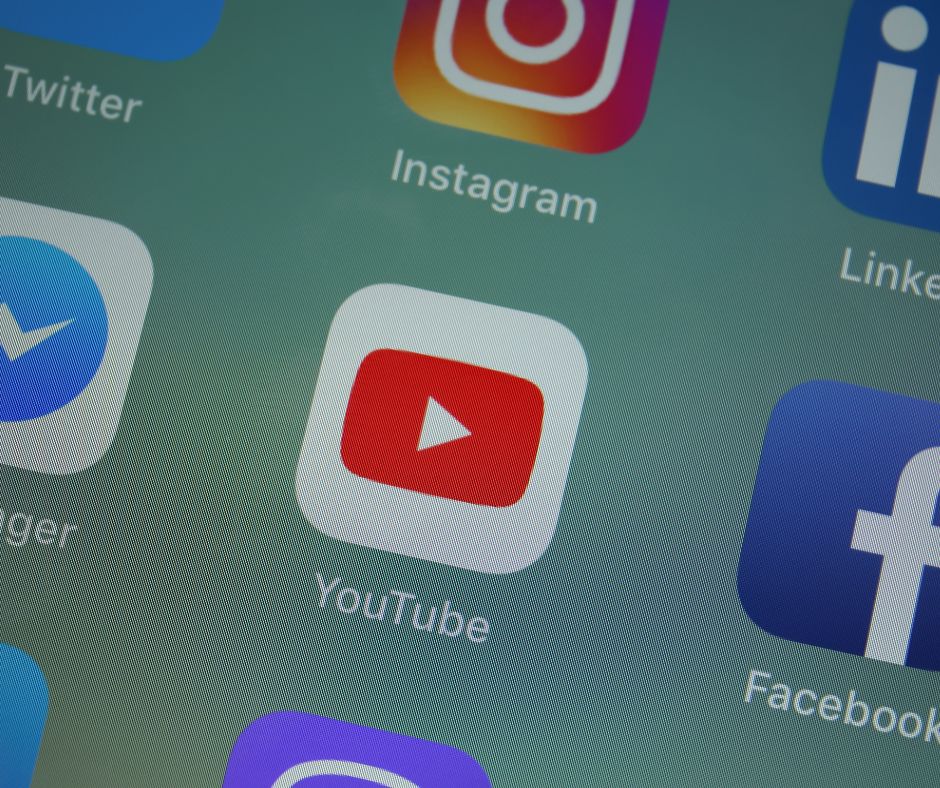
In today’s digital age, it’s impossible to scroll through your social media feeds without coming across an intriguing video. It might be a product demo, a how-to tutorial, a heartfelt story, or a funny clip. So, what is it about these videos that make them so irresistible? This is where the power of video marketing comes into play.
Studies have demonstrated that the human brain has the ability to process visual information at a staggering rate of 60,000 times faster than textual information. This means that information transmitted through videos is absorbed and retained more effectively than the written word. Moreover, the beauty of video content lies in its ability to encompass a myriad of elements – vibrant visuals, captivating audio, text, and more, all packaged into one compelling format. This multi-faceted nature makes video marketing an incredibly powerful tool for businesses to engage audiences, build relationships, and drive conversions.
The Importance of Visual Storytelling

The impact of a well-told story is immeasurable. Emotions can be stirred, actions inspired, and lasting impressions can be created through stories. Visual storytelling amplifies this impact by incorporating compelling visuals into the narrative. It takes your story beyond the realm of words, adding depth, context, and emotion to the narrative.
In video marketing, visual storytelling is the magic ingredient that sets your content apart. It enables you to portray your brand’s unique personality, values, and mission, engaging viewers on a much deeper, emotional level. By tapping into the viewers’ emotions, you make your brand more relatable and memorable, fostering strong, meaningful connections with your audience.
Visual storytelling is an essential aspect of communication, particularly in today’s digital era where images, videos, and graphics play a vital role in delivering messages. Visual storytelling is important for the following reasons:
Enhances Comprehension:
Visuals can simplify complex information and make it easier to understand. By representing information in a graphic or visual format, audiences can grasp concepts and details that might be challenging to convey through text alone.
Increases Retention:
People remember visual information longer and more accurately than text. Studies suggest that individuals retain 65% of the information they see visually, compared to only 10% of what they hear.
Boosts Engagement:
Visuals can be more engaging than text-based content. They capture attention, evoke emotions, and invite audiences to interact with the content.
Speeds Up Processing:
The human brain processes visuals much faster than text. This means that audiences can understand and respond to visual content more quickly, which is particularly valuable in a world where information is consumed at a rapid pace.
Improves Accessibility:
Visual storytelling can make content more accessible to people who have difficulty with text-based information, including young children, non-native speakers, and individuals with dyslexia or other learning disabilities.
Strengthens Brand Identity:
Visual elements like logos, color schemes, typography, and images contribute to a brand’s identity. Consistent visual storytelling helps build brand recognition and trust among consumers.
Drives Social Sharing:
In the age of social media, visually compelling content is more likely to be shared, increasing reach and impact.
Inspires Action:
The impact of striking visuals can be influential in prompting audiences to actively participate, whether it is through making a purchase, enrolling for a newsletter, or becoming involved in a cause. This makes visual storytelling a powerful tool for marketing and advocacy.
Benefits of Video Marketing for Businesses
The influence of video marketing extends far beyond viewer engagement. Let’s delve into some of the profound benefits video marketing brings to businesses:

Boosts conversion rates:
According to studies, the inclusion of a video on your landing page has been found to enhance conversion rates by up to 80%. Videos are more engaging and provide more information in a shorter time, making them a powerful tool for nudging potential customers towards making a purchase.
Enhances SEO:
Search engines give preference to valuable and engaging content, and videos are an effective tool for increasing the time visitors spend on your site. This, in turn, indicates to search engines that your site offers high-quality content. As a result, your chances of appearing on the first page of search engine results improve significantly.
Improves retention rates:
When it comes to information retention, video content reigns supreme. Studies indicate that the retention rate for viewers is significantly higher at 95% when watching a video, as opposed to a measly 10% when reading the same information in text format.
Builds trust:
Videos offer a transparent glimpse into your brand, its values, and its offerings. Your brand reputation is strengthened when you establish trust and credibility through transparency with your audience.
Tips to Create Effective Video Content
Creating effective video content requires a mix of good planning, creativity, and an understanding of your audience. Here are some key tips:

Understand Your Audience: Before you start planning your content, understand who your audience is, what they like, their preferences, and their needs.
Set Clear Goals: Whether it’s to educate, entertain, or promote a product or service, you should have a clear idea of what you hope to achieve with your video.
Write a Script: Even if it’s a brief outline, a script will ensure that you cover all the points you want to address. It’ll help you organize your thoughts and provide a clear direction for the video.
Focus on Quality: Invest in a good quality camera, microphone, and lighting equipment. High-quality videos can make a significant impact on your audience and portray your brand as professional.
Tell a Story: Stories are more engaging, relatable, and memorable.
Keep it Concise: People generally have short attention spans, especially on social media. Aim to make your videos as concise as possible while still getting your message across.
Include a Call to Action: If you want your viewers to do something after watching your video, make sure to include a clear call to action. Whether it’s visiting your website, subscribing to your channel, or buying a product, make sure to tell your audience what the next step is.
Optimize for SEO: Just like written content, videos need to be optimized for search engines. Optimize your title, description, and tags with relevant keywords.
Leverage Social Media: Use social media platforms to promote your video. Each platform has different specifications and algorithms, so tailor your content to each one.
Test, Analyze, and Iterate: Always be testing and learning. Utilize analytics tools to gain insights into the reception of your content by your audience. Determine their preferences and identify the aspects they actively interact with. Use this data to continuously improve your content.
Platforms for Sharing and Promoting Videos

Your video content might be top-notch, but without proper promotion, it won’t reach its full potential. Here’s where the choice of platform comes into play. YouTube, Facebook, Instagram, and LinkedIn are widely used platforms for sharing and promoting video content. Each platform caters to a unique user demographic, and understanding this is key to choosing the right platform for your content. Tailor your video content to match the platform’s audience and format for optimal engagement.
Analyzing the Success of Your Video Campaigns

The success of your video campaigns hinges on your ability to measure their performance and learn from it. Metrics such as view count, shares, comments, and click-through rates can provide a wealth of insights into your video’s performance. These metrics help you understand what resonates with your audience, what doesn’t, and how you can improve your future campaigns. Remember, the key to a successful video marketing strategy is continuous learning and improvement.
Conclusion: Harnessing the Potential of Video Marketing
In conclusion, video marketing offers a powerful way for businesses to engage audiences, tell their story, and drive conversions. With visual storytelling at its heart, video marketing enables brands to connect with their audience on a deeper, emotional level. By understanding your audience, creating compelling video content, choosing the right platforms, and analyzing your performance, you can harness the true potential of video marketing. In the rapidly evolving digital landscape, video marketing is not just an option, but a necessity for businesses aiming to make their mark. So, gear up and let the power of video marketing propel your business towards unprecedented success.

Started working as a digital marketing expert, Varun Sharma is now also a well-known digital marketing speaker – a speaker on performance development, and a trusted mentor to businesses in the digital world. His keynote expositions are based on the digital marketing theories, which provide a fascinating insight into the secrets of high performance.

